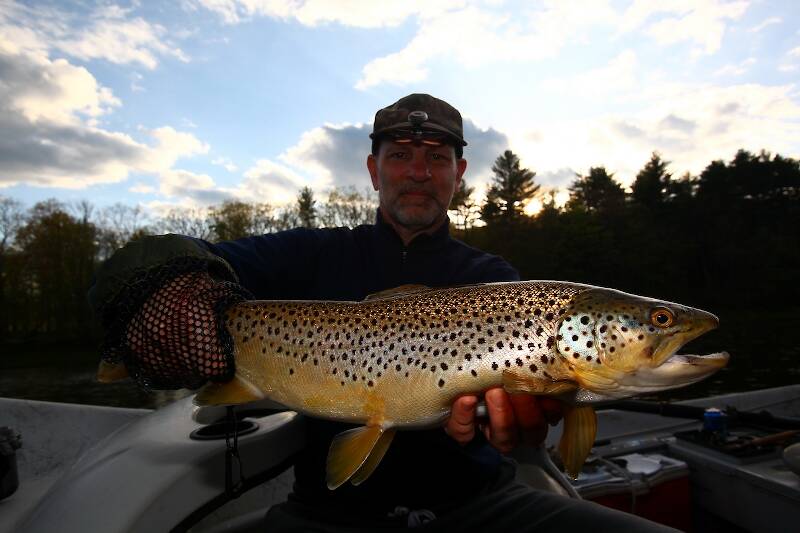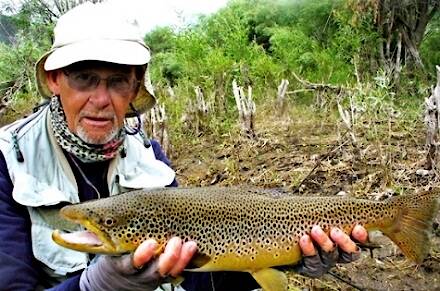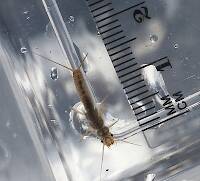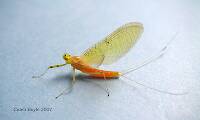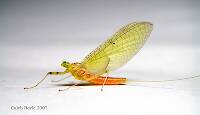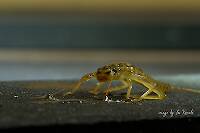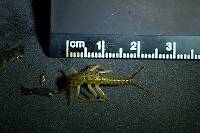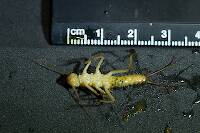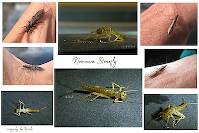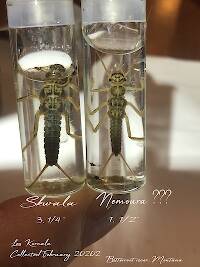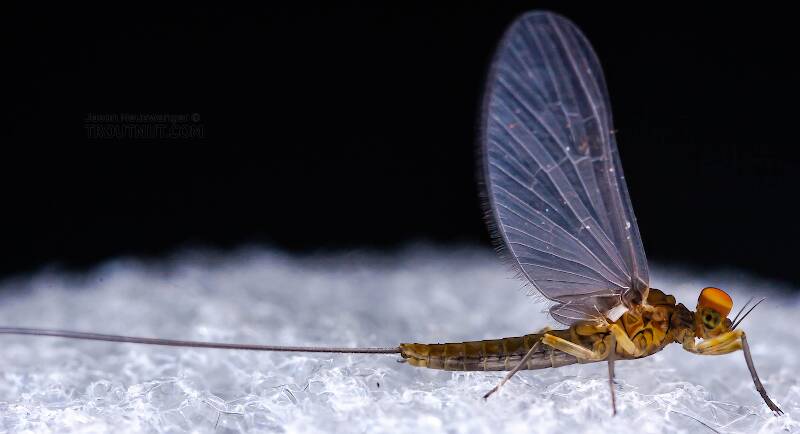
Blue-winged Olives
Baetis
Tiny Baetis mayflies are perhaps the most commonly encountered and imitated by anglers on all American trout streams due to their great abundance, widespread distribution, and trout-friendly emergence habits.
Featured on the forum
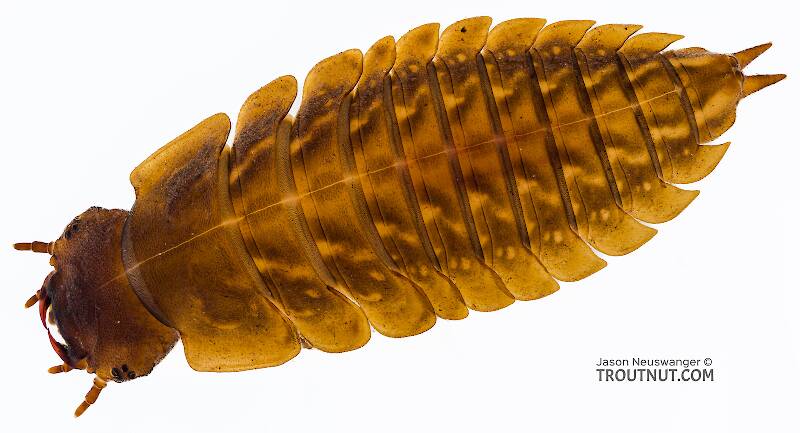
This is the first of it's family I've seen, collected from a tiny, fishless stream in the Cascades. The three species of this genus all live in the Northwest and are predators that primarily eat stonefly nymphs Merritt R.W., Cummins, K.W., and Berg, M.B. (2019).

Troutnut is a project started in 2003 by salmonid ecologist Jason "Troutnut" Neuswanger to help anglers and
fly tyers unabashedly embrace the entomological side of the sport. Learn more about Troutnut or
support the project for an enhanced experience here.
Billq on Aug 2, 2009August 2nd, 2009, 2:00 pm EDT
Hello, I am new to the entomology of aquatic insects. I do enjoy spending time on this site learning about the things I am fishing with. I am confused by the terms used for nymph and larvae. It seems people use the words interchangeably as if they are the same thing. Is this the case? If you take a look at
http://www.flyfishingnc.com/fly-bugs/entomology/caddisfly-entomology
they show a yellow caddis larvae and the little green rock worm they call a caddis nymph. Thank you for your help.
bill
http://www.flyfishingnc.com/fly-bugs/entomology/caddisfly-entomology
they show a yellow caddis larvae and the little green rock worm they call a caddis nymph. Thank you for your help.
bill
Creno on Aug 2, 2009August 2nd, 2009, 3:22 pm EDT
in general, entomologists in the US use nymph for the non-egg immature stages of hemimetabolous insects. Larvae are the feeding, non-egg immature stages of holometabolous. Stoneflies have eggs, nymphs, and adults (hemimetabolous). Caddisflies have eggs, larvae, pupae and adults (holometabolous). You will still see them both used inconsistently in the fishing literature. And you will often see larva used by entomologists for immature hemimetabolous insects in other countries.
Shawnny3 on Aug 6, 2009August 6th, 2009, 3:46 am EDT
I'm certainly no entomologist, but the distinction easiest for me to remember between these is that the insects that go through a larval stage undergo complete metamorphosis in becoming adults, and those that go through a nymphal stage undergo incomplete metamorphosis. As a fisherman this means to me that nymphs generally look like the adults of that species, whereas larva look way different from the corresponding adults. Even more crudely speaking, the more insect-looking ones are nymphs and the more wormy looking ones are larva.
I'm sure there are lots of entomological shortcomings in my assessment, but that's how I think of them from a flyfishing standpoint.
-Shawn
I'm sure there are lots of entomological shortcomings in my assessment, but that's how I think of them from a flyfishing standpoint.
-Shawn
Jewelry-Quality Artistic Salmon Flies, by Shawn Davis
www.davisflydesigns.com
www.davisflydesigns.com
Martinlf on Aug 6, 2009August 6th, 2009, 2:57 pm EDT
So, Shawn, most of my nymph imitations are actually larvae imitations. :)
"He spread them a yard and a half. 'And every one that got away is this big.'"
--Fred Chappell
--Fred Chappell
Creno on Aug 6, 2009August 6th, 2009, 4:58 pm EDT
And all my flies look like worms :)
Billq on Aug 12, 2009August 12th, 2009, 2:35 am EDT
thank you so much for your replies.
bill
bill
Cassias
Posts: 1
Posts: 1
Cassias on Oct 30, 2018October 30th, 2018, 11:29 am EDT
wow this was a long time ago
do you know what fortnite is?
do you know what fortnite is?
Wbranch on Nov 5, 2018November 5th, 2018, 3:42 am EST
do you know what fortnite is?
Yes, I know what it is, why did you ask?
Catskill fly fisher for fifty-five years.
Quick Reply
Related Discussions
Topic
Replies
Last Reply
6
Apr 17, 2013
by Sayfu
by Sayfu
2
Feb 24, 2020
by Leskorcala
by Leskorcala


